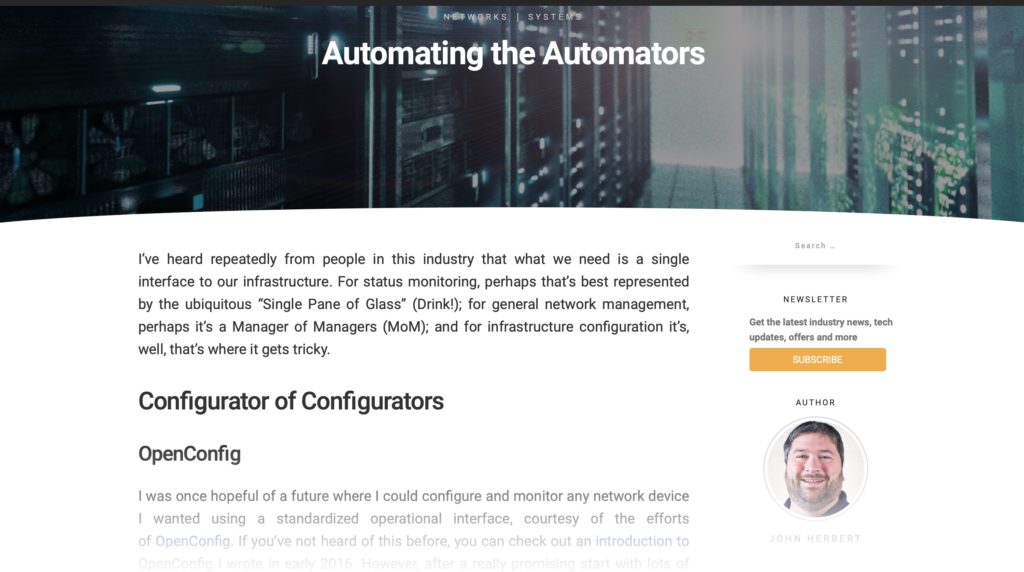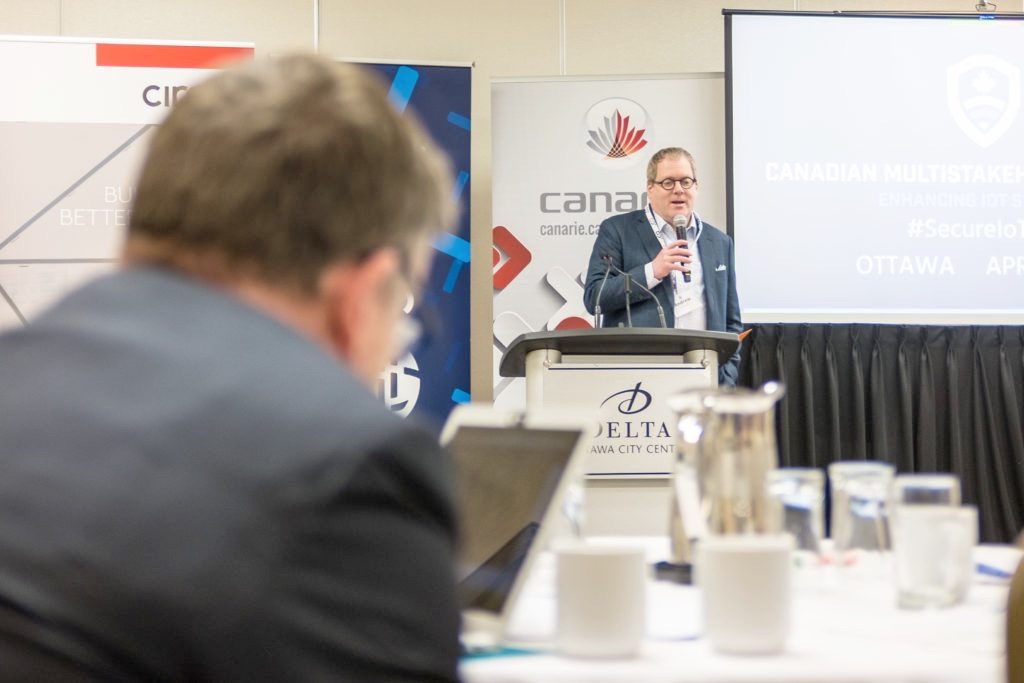Tower Workflow Convergence

In Red Hat Ansible Tower 3.1 we released a feature called Workflows. The feature, effectively, allowed users to compose job templates into arbitrary graph trees. A simple workflow we saw users creating was a linear pipeline; similar to the workflow below.

The workflow feature also allowed branching. Each branch can run in parallel.

But something was missing. The ability to wait for previous parallel operations to finish before proceeding. If this existed, you could simplify the above workflow (see below).

In Red Hat Ansible Tower 3.4 the above workflow is now possible with the introduction of the Workflow Convergence feature.
For you computer sciencey folks, workflows are no longer restricted to a tree, you can create a DAG. More simply, we call this convergence; two nodes are allowed to point to the same downstream node. The concept is best shown through an example. Above, we have a workflow with 3 nodes. The first two job templates run in parallel. When they both finish the 3rd downstream, convergence node, will trigger.
In this blog post we will cover the changes to workflow failure scenarios, how workflow node failure and success propagate, how this affects the runtime graph and how Continue reading
 The French carrier has deployed two Nokia 5G base stations to support 8K broadcasts and a mixed...
The French carrier has deployed two Nokia 5G base stations to support 8K broadcasts and a mixed...

 The group released the draft of its SD-WAN service definition standard, with the official...
The group released the draft of its SD-WAN service definition standard, with the official...



